1849
The artist is born in Boston, Massachusetts, to a family of affluent spice and tea merchants.
1867
Visits Florida Keys to paint; this year marks the start of his artistic career.
1869
Travels to South America, begins sketching.
1870
Marries Frances Rollins Hale from New Hampshire and opens his studio in Newton, Boston.
1871
Travels to Egypt and Africa accompanied by friend and illustrator A. P. Close; records North African scenes and scenery in sketchbooks.
1872
Relocates to Paris and becomes a pupil of Léon Bonnat, a young painter who seems to have impacted Weeks’ realist attention to detail. Bonnat encourages painting en plein air to study the effect of natural light and shadow.
Some of Weeks’s earliest works in the Orientalist style date from around this time.
Exhibits works at the Boston Art Club.
1872-1880

Frequently visits Morocco, Algeria, Egypt, Lebanon, Palestine, and Syria. May have met Scottish royal academician Robert Gavin during his initial trips to Morocco.
1874
Boston Daily in one of its editions announces Weeks’s upcoming season in Europe before he resumes travels to the East.
Weeks is admitted to the atelier of Orientalist master Jean-Léon Gérôme at the Ecole des Beaux-Arts, Paris. Gérôme’s training later helps him become perhaps the most famous American painter to ever visit India.
1875
Revisits Cairo and then visits Morocco.
1876-77
His works on ‘Eastern life’ are part of a successful exhibition at the Noyes and Blakeslee Gallery in Boston. The sale proceeds later finance his extended travels to India.
1878-80
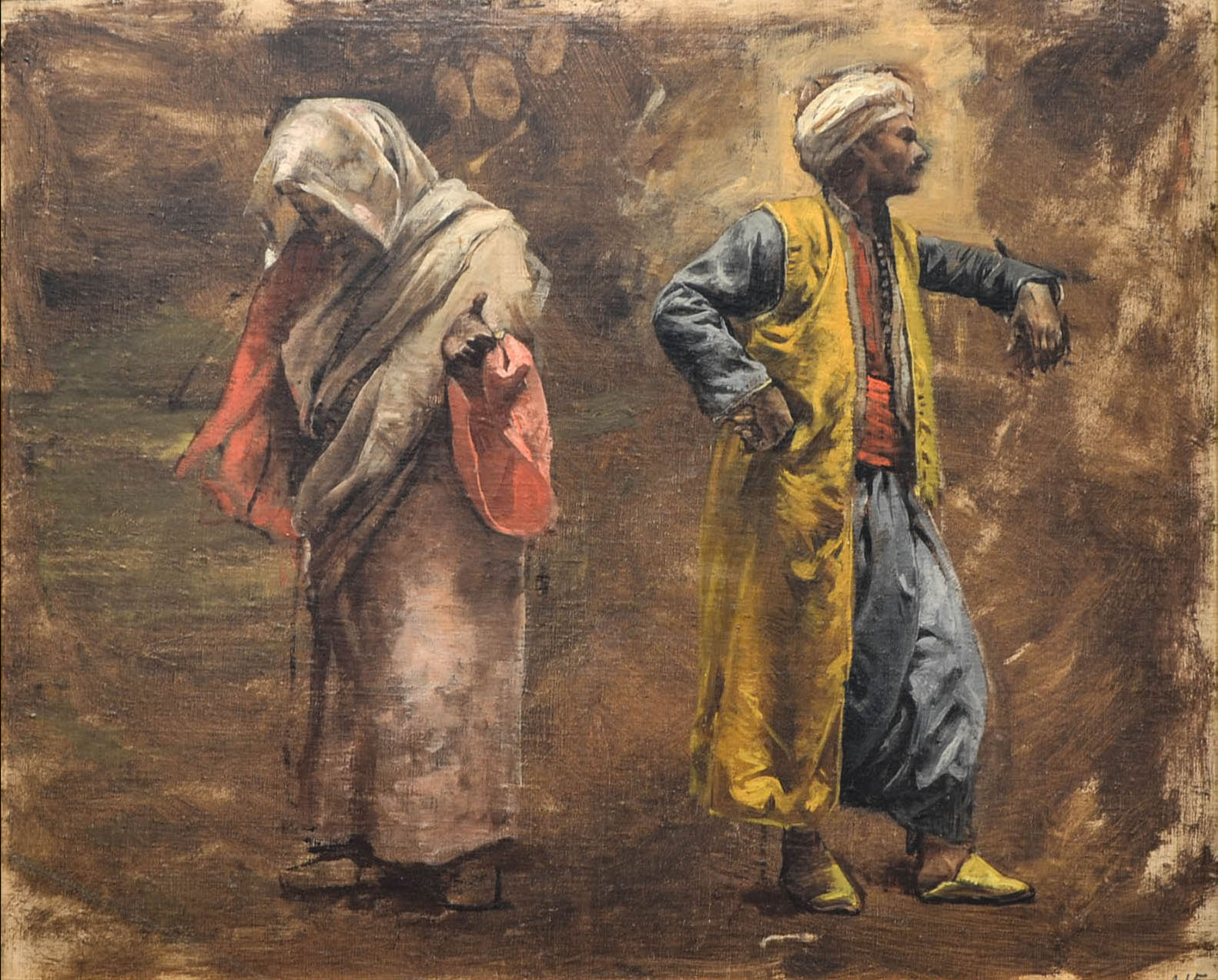
Travels to Tangiers with wife and their friend Robert Gavin joins them on their journey across flooded rivers. They reach Rabat to find the place struck by famine, distribute food from supplies they have carried for their use over the next few months. The group plans to return to Paris in time for the Salon; however, after falling sick and a series of trying, tumultuous months, they return to Europe on a British ship.
Weeks returns to Morocco a year after, travelling from Tangiers to Fez on land; obtains permission to draw on the streets of Marrakesh, records the local bazaars and monuments.
His painting A Moroccan Camel Driver is his first painting displayed at the 1878 Salon in Paris.
1881
Briefly works at the studio of Catalan artist Mariano Fortuny.
1882-83
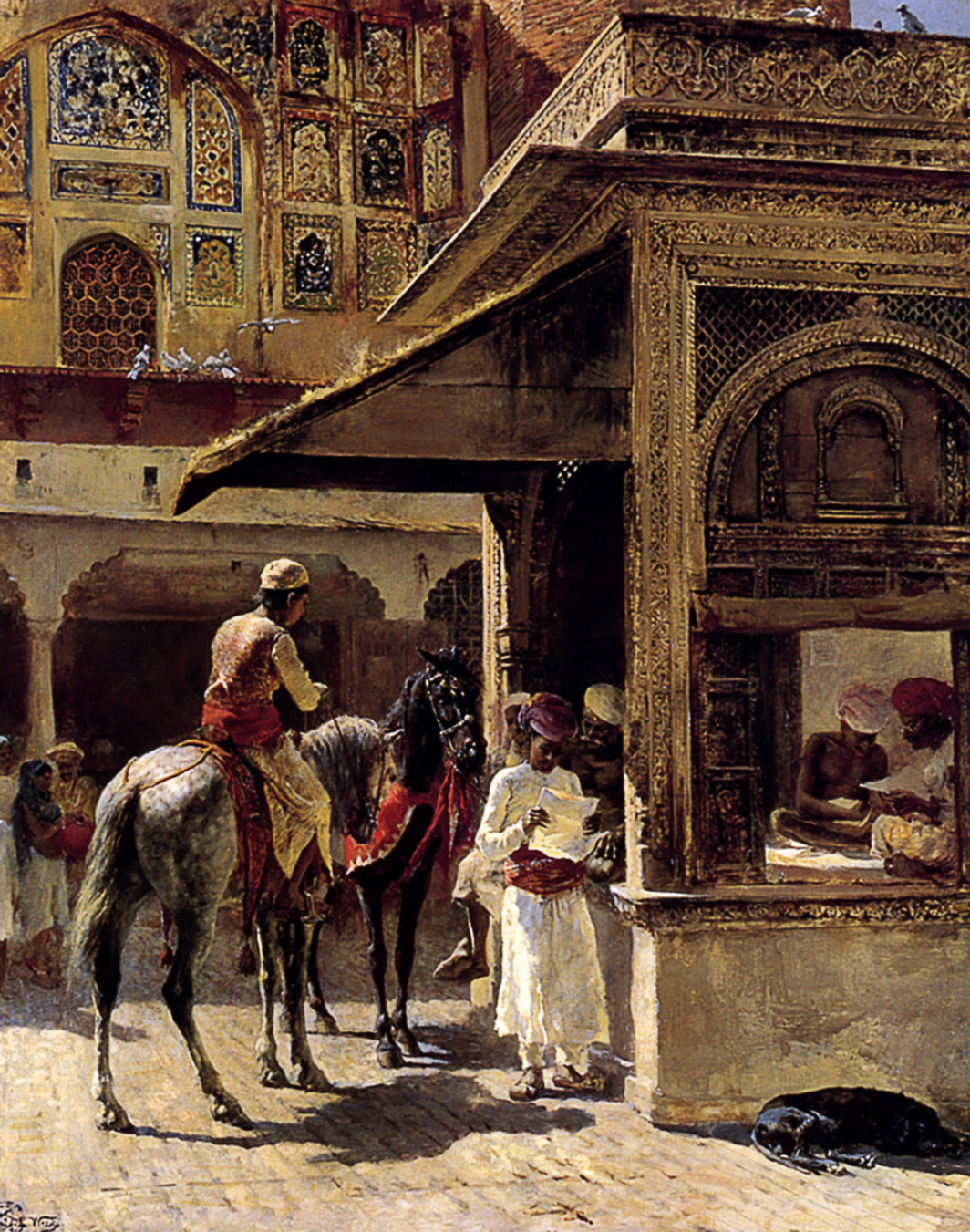
Travels to India by land, crossing Iran on the way.
On this trip, he covers mainly Lahore and Amritsar, other areas in the Greater Punjab region, and Mathura and Benares in the present-day state of Uttar Pradesh. Many of his paintings from this trip are in museums across U.S.A. and Europe.
1882
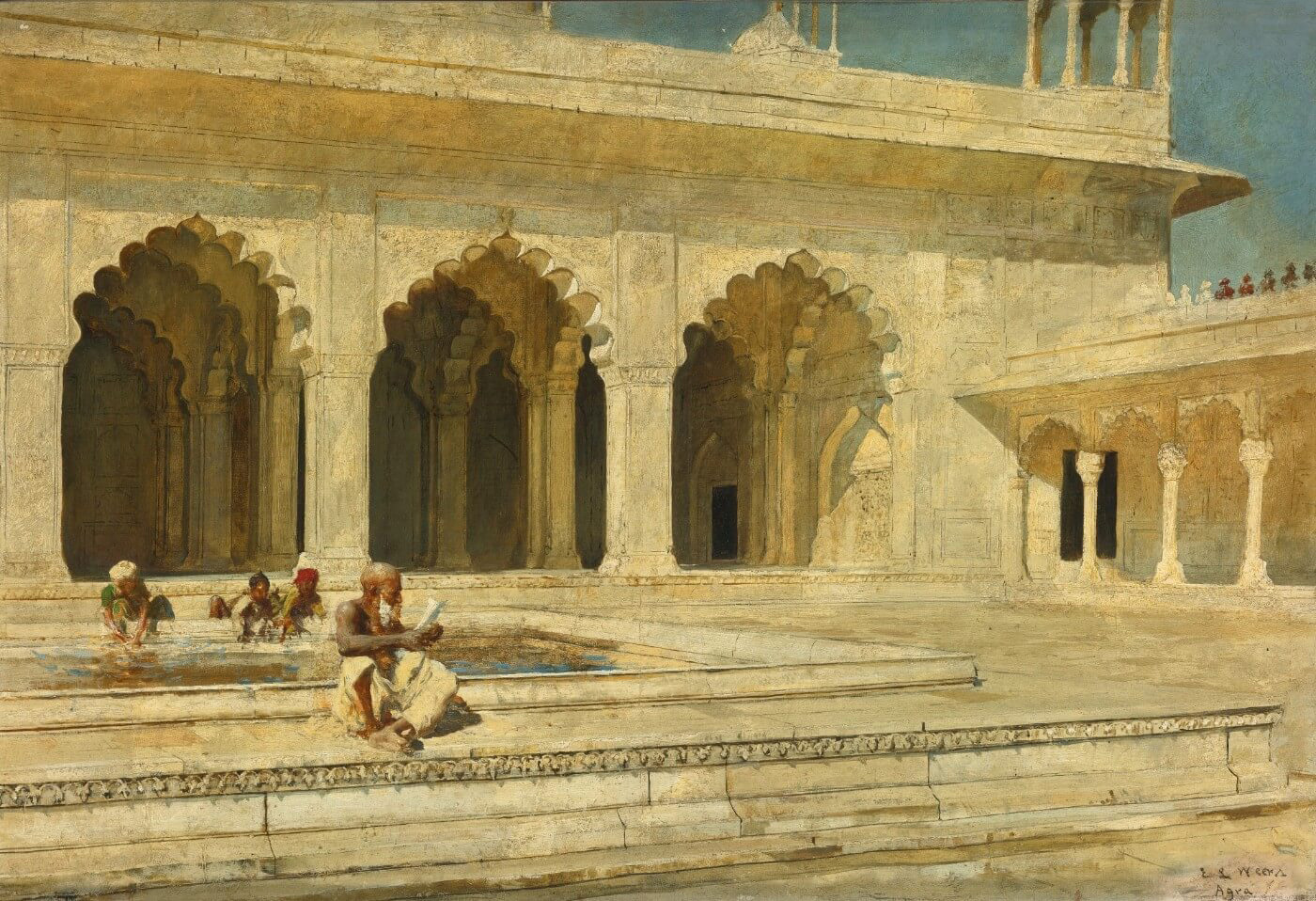
Spends time and paints in Mathura, Benares, Agra, Delhi, Amritsar, and Bombay. He spends all his time painting—royal personages, people on the street, architecture—and developing his photographs.
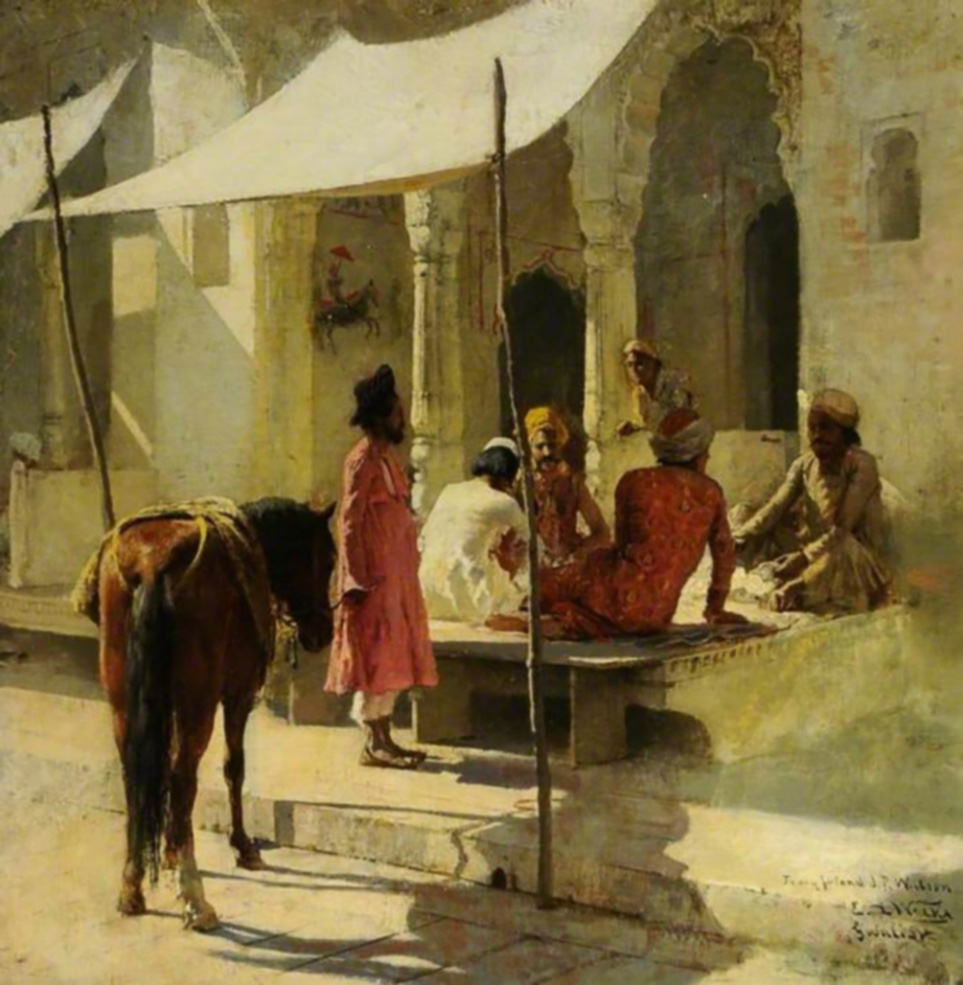
His canvases from these travels show attention to detail, expert use of light and shadow, and convey a sense of immediacy. The first known American artist to India, Weeks’s artistic records of his observations in the country turn him into a celebrity in America and Paris.
1884
Wins a medal of honour for his Orientalist works.
1887 onwards
Returns to India, focussing his travels this time on the Rajput and Malwa kingdoms covering parts of Rajasthan, Gujarat, Madhya Pradesh (then known as the Central Provinces); also travels to Baroda, Kashmir and Hyderabad. In his visual accounts of this ‘India of the Rajahs’, Weeks recreates with great attention to detail the minutiae of the scenes represented—the colour of costumes, the jewellery, the mannerisms of the figures, the architectural details, all come together to contextualise scenes from late nineteenth century India.
1889
Wins a gold medal at the International Exhibition
1892
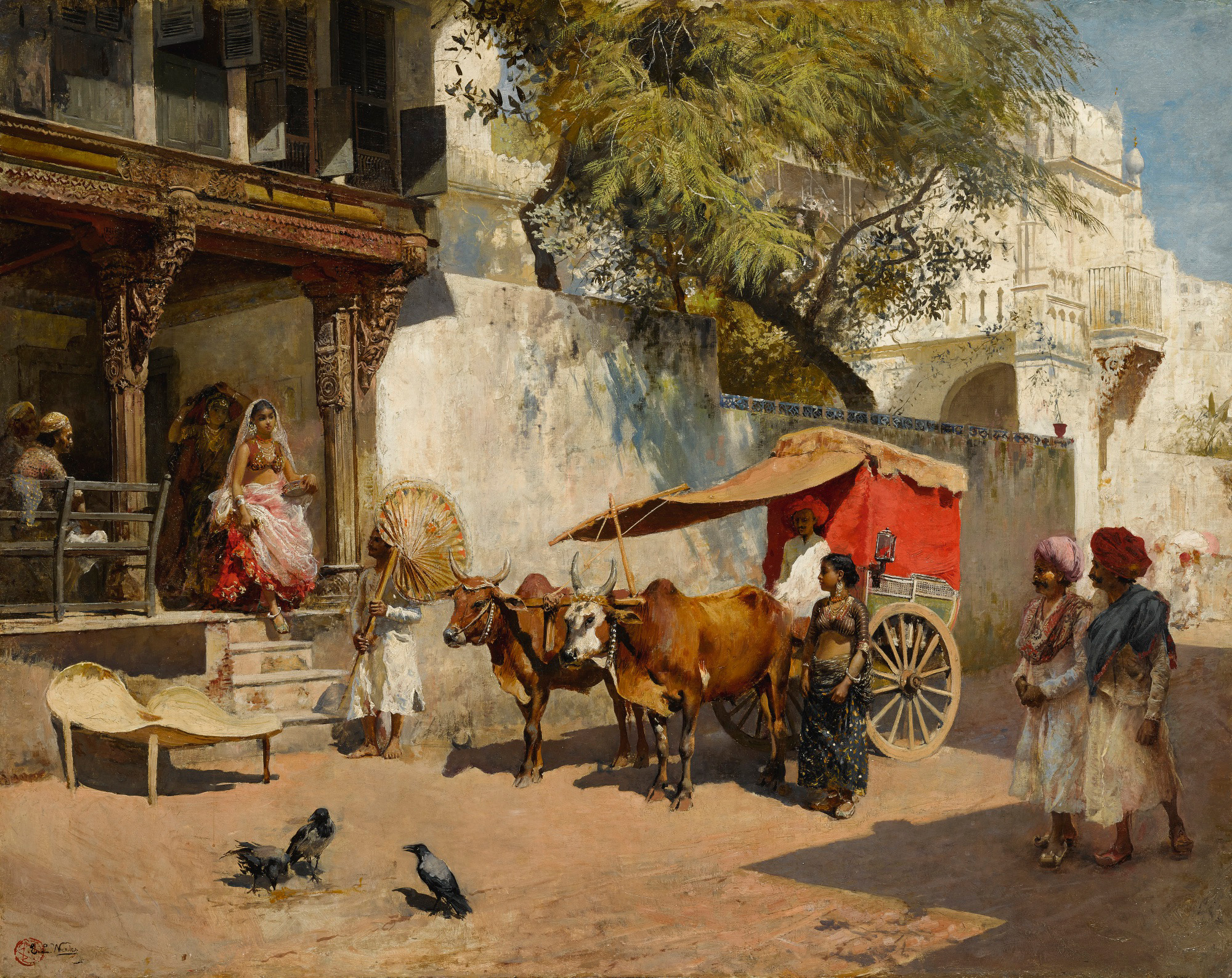
Returns to India commissioned by Harper’s magazine accompanied by journalist Theodore Child who writes articles about India which are illustrated by Weeks.
1895
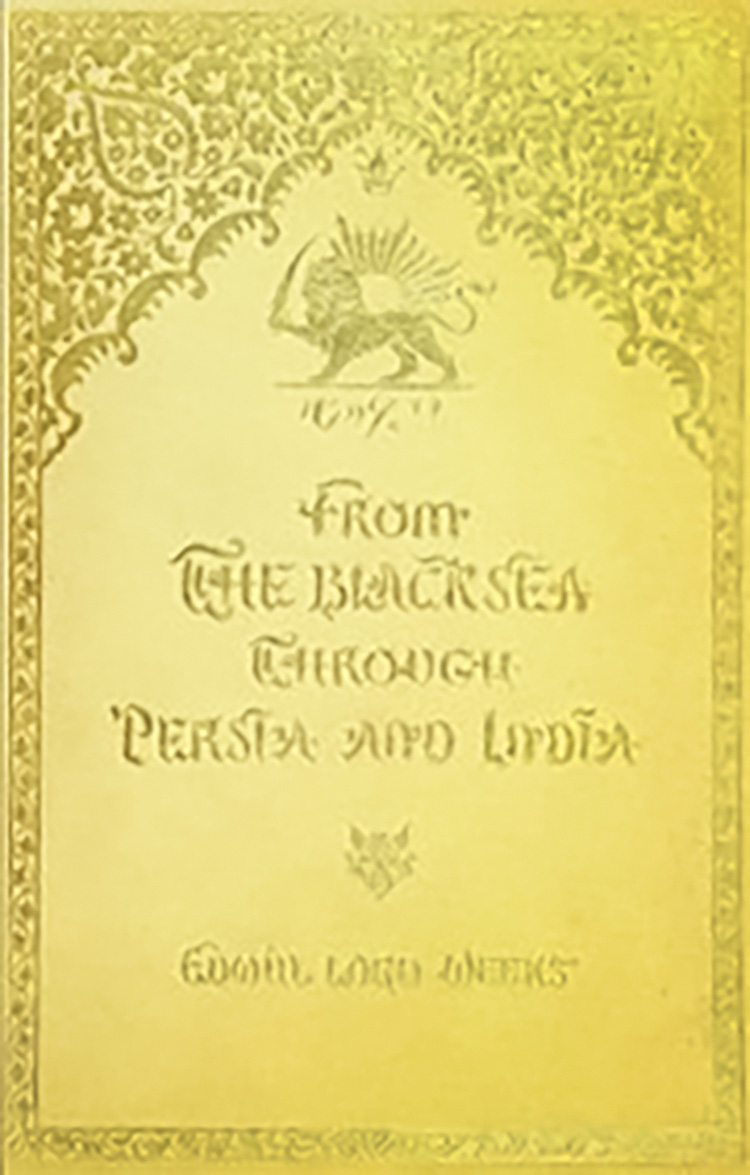
Publishes an illustrated book of his travels, From the Black Sea through Persia and India, after his sojourns through India end in the early 1890s. The book covers travel stories including details on local customs, costumes, and architecture, and attains considerable popularity among orientalists.
1896
He is made a Knight of the Legion of Honour.
1897
Publishes Episodes of Mountaineering.
1903
Passes away on 17 November in Paris.
2022
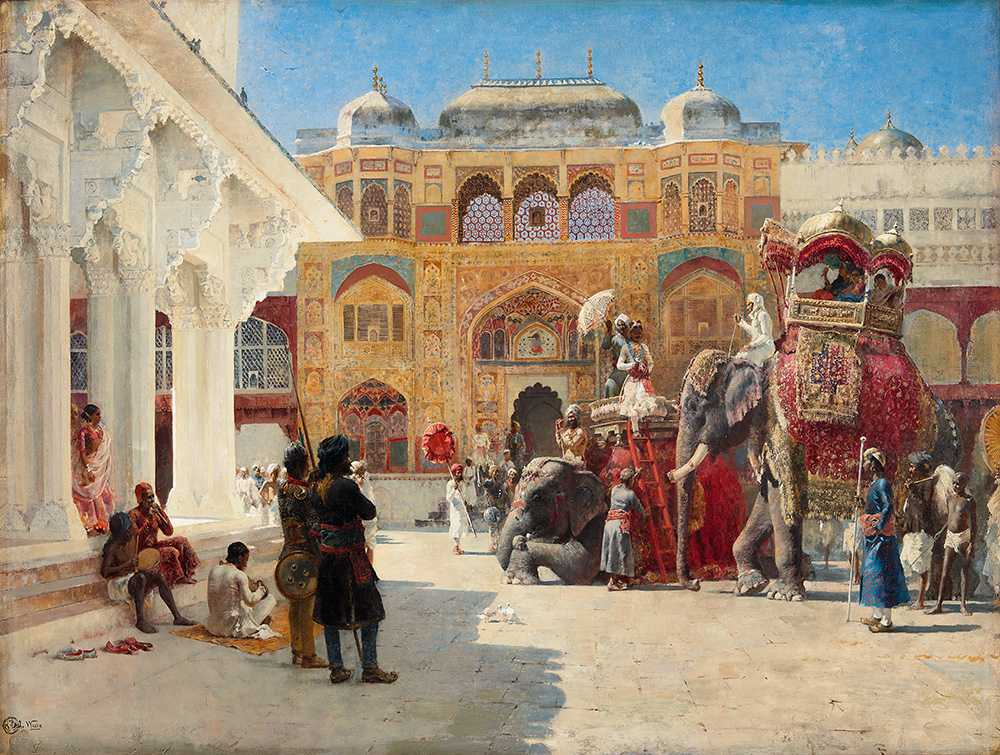
While Weeks’s Orientalist works remain popular in the West, DAG becomes the first institution to display his work—Arrival of the Prince in its exhibition ‘Iconic Masterpieces of Indian Modern Art—
in India.

















